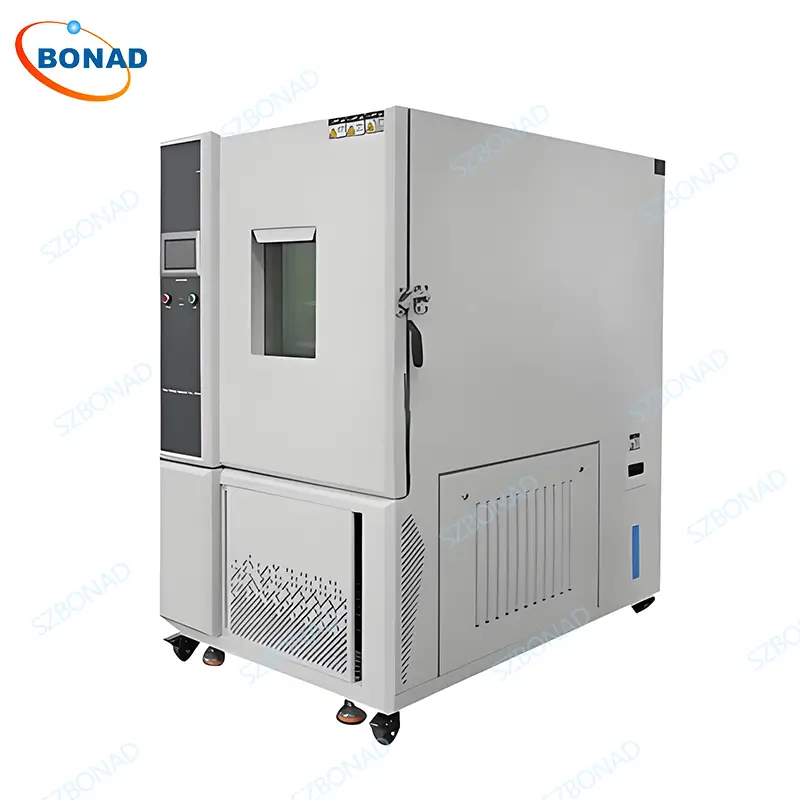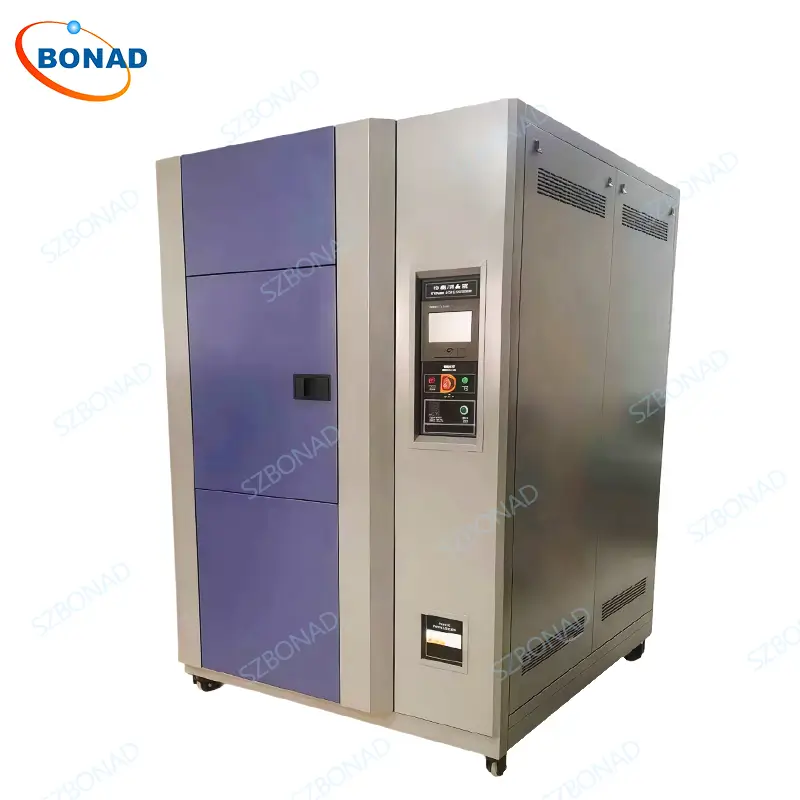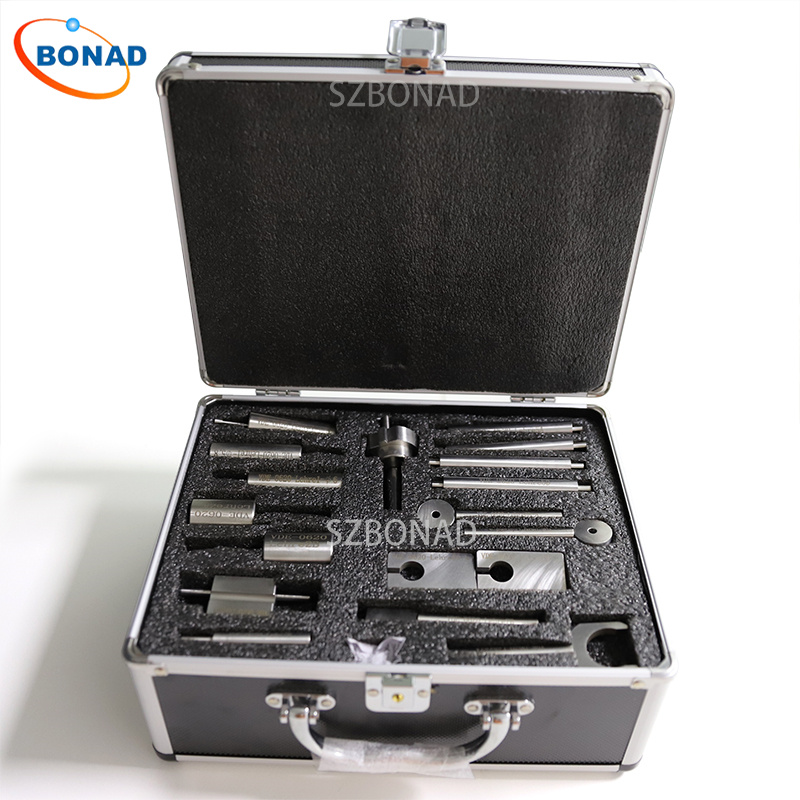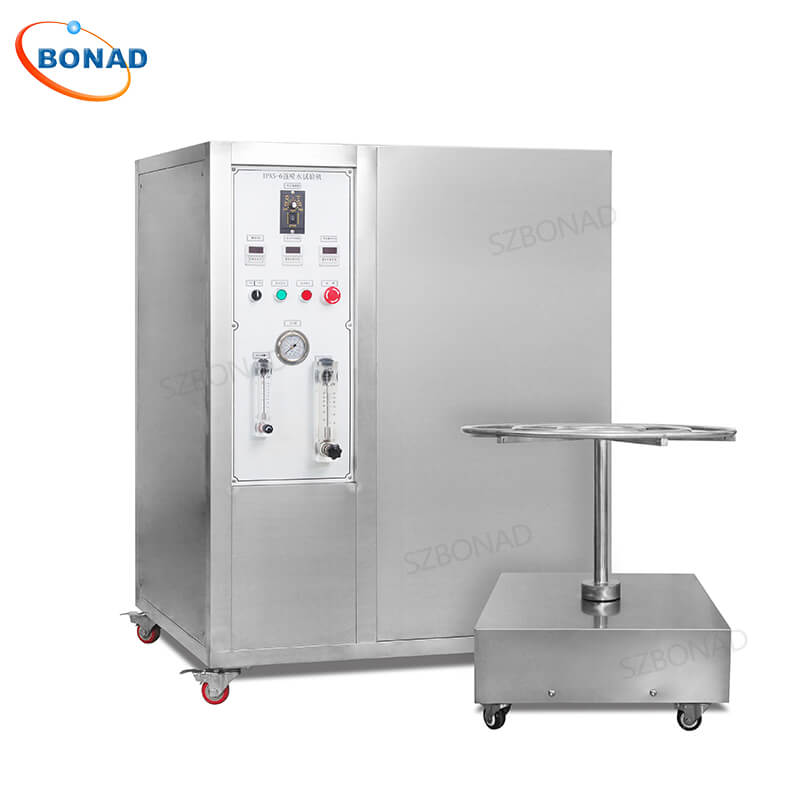Selecting the right environmental testing equipment is critical for accurately assessing product reliability. Two fundamental types of chambers are used: the high-low temperature test chamber and the thermal shock test chamber. While both apply temperature stress, their purposes, mechanisms, and applications are distinctly different. This guide breaks down the key differences to help you make an informed decision.
1. High-Low Temperature Test Chamber: Simulating Gradual Environmental Stress
The high-low temperature test chamber is designed to simulate long-term, steady-state exposure to extreme temperatures and gradual transitions between them.
- Purpose: Its primary function is to assess a product’s reliability, performance, and longevity under stable but extreme temperature conditions or during controlled, gradual warming and cooling cycles. It tests how a product endures over time, much like a season changing.
- Temperature Change: The rate of temperature change is gradual and precisely controlled, typically at rates of 1°C to 3°C per minute or even slower. This allows for a gentle ramp-up and cool-down, ensuring the entire product reaches the target temperature uniformly.
- Structure: It is almost always a single-chamber design. The same workspace is heated or cooled to the desired setpoints.
- Application: Ideal for testing components like electronic devices, automotive parts, batteries, and pharmaceuticals that may experience failure due to gradual changes in ambient temperature over their entire service life.

2. Thermal Shock Test Chamber: Testing Rapid Thermal Stress
The thermal shock test chamber subjects products to sudden, extreme temperature fluctuations to uncover inherent weaknesses.
- Purpose: It reveals material defects, structural failures, and performance issues that only become apparent under rapid thermal stress. The goal is to accelerate the aging process and identify failures that occur due to expansion and contraction forces.
- Temperature Change: The shift is rapid and nearly instantaneous. The specimen is moved between extreme pre-heated and pre-cooled zones in less than 5 seconds, exposing it to a immediate temperature shock, such as jumping from +150°C to -65°C.
- Structure: It utilizes a multi-chamber design—either a two-zone (hot and cold) or three-zone (hot, room temp, cold) structure—to facilitate the quick transfer of the test specimen without delaying for chamber temperature recovery.
- Application: Essential for testing products that encounter sudden temperature shifts in real-world use. Examples include aerospace components, brake pads splashed with water, solder joints on circuit boards, and materials with different coefficients of thermal expansion.

3. Key Difference Summary: Choosing the Right Test
The core difference lies in the speed and method of temperature change:
- High-Low Temperature Chamber: For gradual changes and long-term stability testing. Think “slow bake and deep freeze.”
- Thermal Shock Chamber: For instantaneous changes and rapid stress testing. Think “from the oven into the freezer.”
The structure is a direct result of this function: single-zone for gradual changes vs. multi-zone for rapid transfers.
Why Choose BONAD?
BONAD offers comprehensive testing solutions. Whether you need a standard single-zone high-low temperature chamber for endurance testing or a customized two- or three-zone thermal shock chamber for the most rigorous stress tests, we can provide the right equipment to meet your specific standards and requirements.


